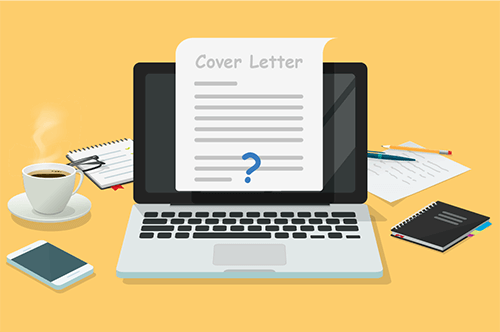
Five Tips on Following Up On your Job Application
-
Patience:
Be patient. If that job is meant for you nobody is going to take it away from you. Recruitment processes are generally long and complicated and the company scrutinizes many aspects of your profile before rejecting or selecting you. It is a standard practice for prospective employers to contact previous employers and people who know you to validate what you have written about yourself. So things can take a while. But if you think the process is taking too long and want to remind them about your application, you can send a polite mail to the organization.
-
Do not Spam:
If you want to follow-up, be sure not to spam! The person you sent the resume to is not necessarily the person you have to follow-up with. Find out about the recruitment process if possible and contact the person who is in charge of your application at the moment. It will save futile attempts of following up on your part as well.
-
Be mindful in your language:
Phrase your mail carefully. It sends across a bad sign if you sound desperate or impatient. Be very polite. Also, stating your previous interaction along with the date and asking for the status of your application helps.
-
Help from the Referee/Third Person:
If you know someone in the company, try to find the status of your application unofficially. If someone has referred you, they can generally check the status of your application. So do not waste your time in that case and get in touch with these people instead. Even then, be sure not to show impatience or desperation. Be polite and courteous. Also, be sure that the source you are using is credible, i.e., if it is a particular acquaintance you are asking to help you follow-up, do so only if you are sure that they are going to be efficient about it and the whole process wouldn’t cause damage to your reputation. It usually become messy when a third person is involved.
-
Networking:
Try to connect with other people who have recently applied to the same company. Getting in touch with them, if possible, is a good idea. Ask them how long their recruitment process took and if they had to follow-up. If yes, who did they contact and how the response of the management was.
Bonus Tip – KEEP CALM! And keep your options open (i.e keep looking and applying for other dream jobs). After a point you just need to let go and hope for the best! Remember, if not this job then something else – something bigger and better!

